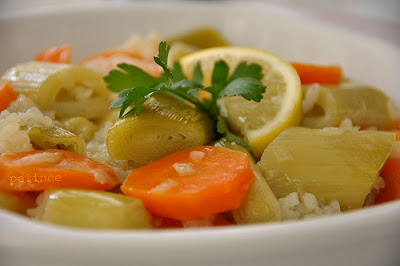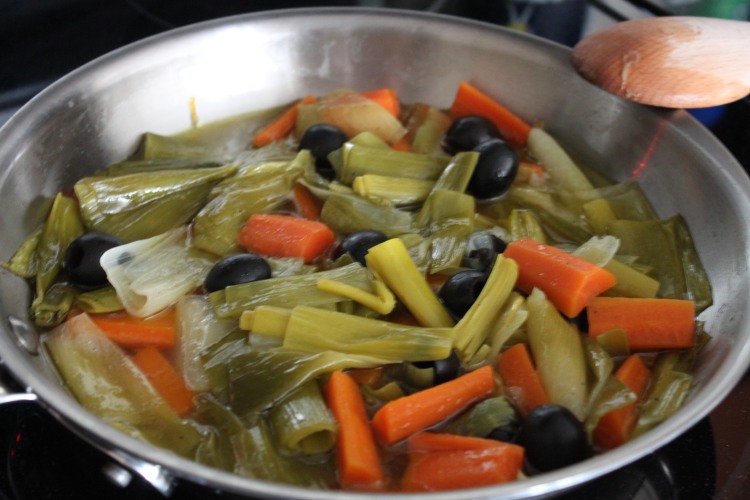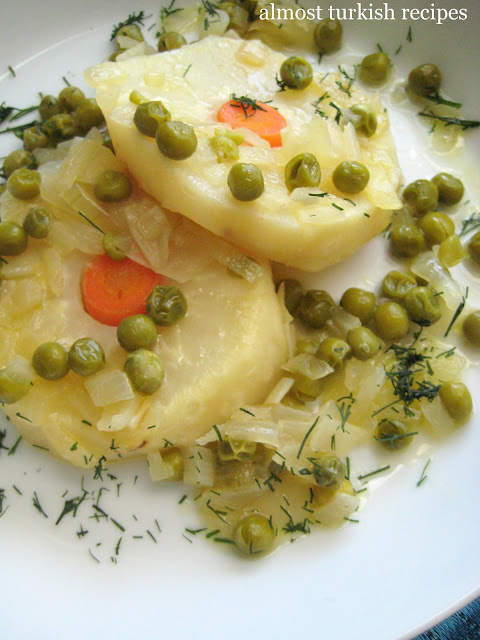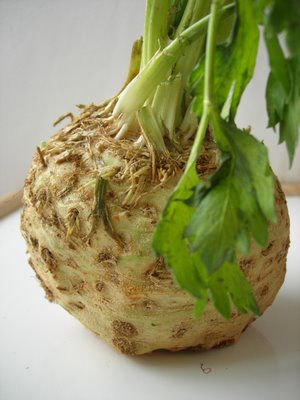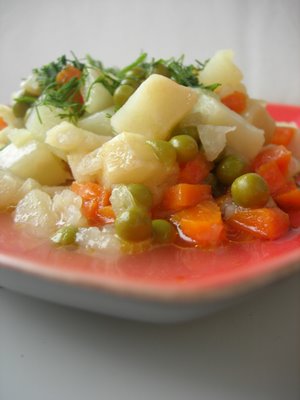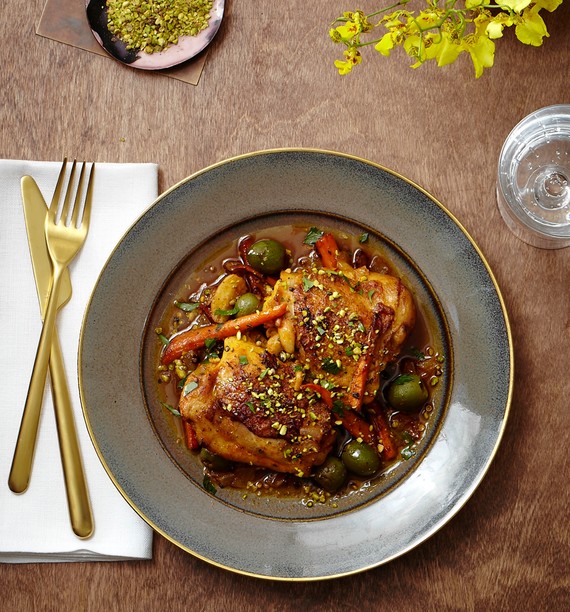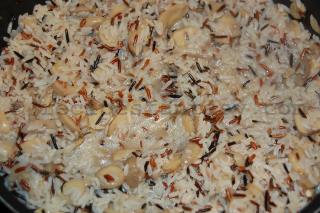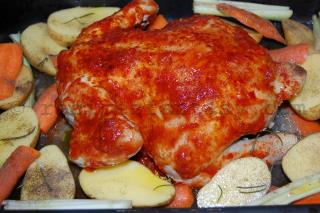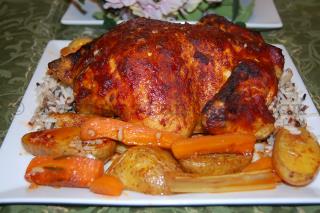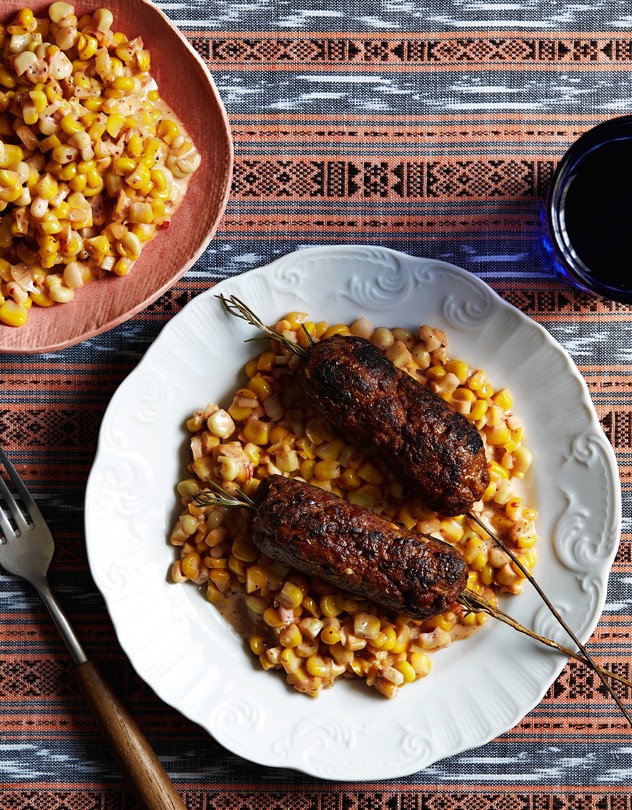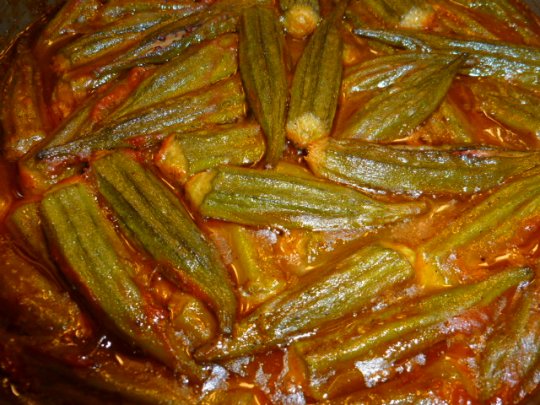- Joined
- Oct 9, 2011
- Messages
- 39,861
- Reaction score
- 7,852
- Location
- Turkey
- Gender
- Female
- Political Leaning
- Other
3 tbsp tarhana
2 tbsp crushed/grated tomatoes
2 tbsp butter
3-4 cups chicken broth/water+bouillon
1 tsp salt to taste
Croutons/feta cheese for garnish
Place the tarhana and 1/2 cup of water in a bowl. Leave it alone for 1-2 hours for tarhana to dissolve a bit stirring occasionally. In a pot, take butter and tomatoes. Saute over medium heat. Then, add in the rest of the ingredients. Cook over low-medium heat stirring constantly. Adjust consistency of the soup as you like by adding more water if you prefer.You can serve Tarhana Soup with crumbled feta cheese or croutons on top.
ENJOY
but first you should make its dough :mrgreen:
Tarhana dough is a couscous-like pasta made with fermented milk that's traditionally prepared in the summer and stored over winter. It has a long tradition in both Turkish and Persian cookery. Many variants are found, some plain and others flavoured with vegetables and spices (as here). As the Ottoman Empire expanded this basic pasta as well as the soup made from it were brought to Greece and the Balkans, as far as Bulgaria. Ingredients: 2 long red peppers, de-seeded and cut into chunks 2 onions, cut into chunks 2 large tomatoes, blanched, peeled and diced 420ml plain yoghurt 7g active, dried, yeast 2 tbsp olive oil 1 tbsp dry mint 1 tbsp dry oregano 1 tbsp fresh dill, finely chopped 1 tbsp salt 1.2kg (about) wheat flour Tarhana Dough Preparation: Method: Combine the red peppers, onions and tomatoes in your food processor and chop finely. Meanwhile, whisk the yeast in a little warm water and add to a mixing bowl along with the yoghurt, mint, oregano, dill, oil, salt and the chopped vegetables. Mix thoroughly then add the flour a little at a time, until the mixture becomes a thick dough. Begin kneading, and if the dough is a little too stiff add a little water to it. Knead for at least 10 minutes then transfer the dough to a lightly-greased bowl, cover with a clean tea towel and set aside to ferment for between 5 and 6 days. Each day knock the dough back and knead well for at least 5 minutes before covering and setting aside again. Fermentation is over when the dough no longer puffs up (don't worry if the dough smells a little sour, this is normal and exactly what you want). At the end of this stage divide the dough into small balls, place all of these on a dry cloth and set aside in a warm and dry stop to dry out thoroughly. Turn the balls twice a day and each day divide the balls into 2 or 3 smaller balls. Traditionally they were sun-dried and if you have a conservatory or greenhouse this is the best place. After three or four days the balls should be dry. Crumble between your fingers and force through a sieve. Keep the powder in ziploc bags or in jars and store in the refrigerator until needed to make Tarhana soup.
Read more at Celtnet: Tarhana Dough Recipe from Turkey
Copyright © celtnet
try tarhana chips! it both tastes good and helps you keep fit

Last edited:









